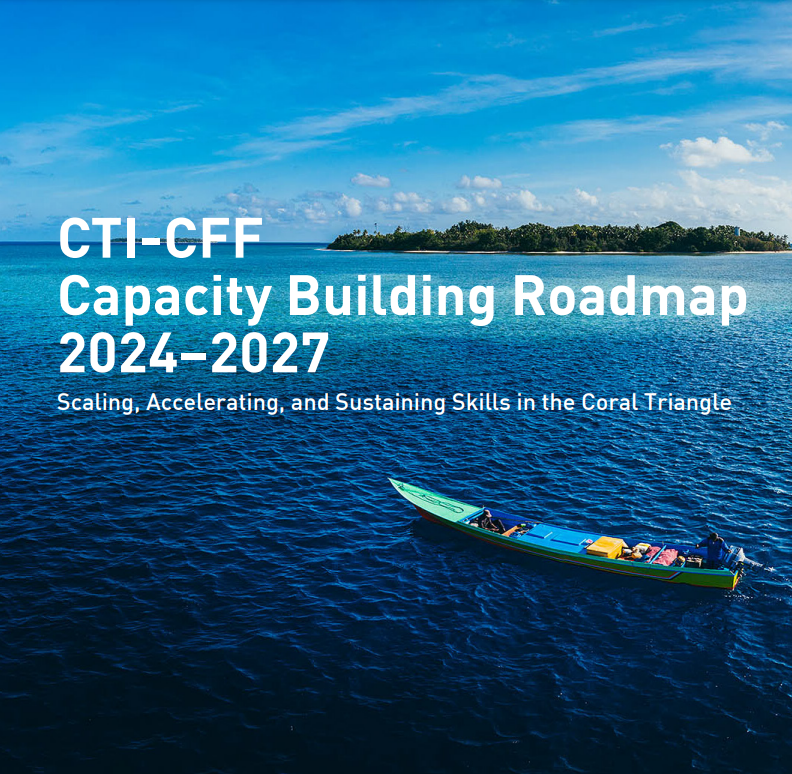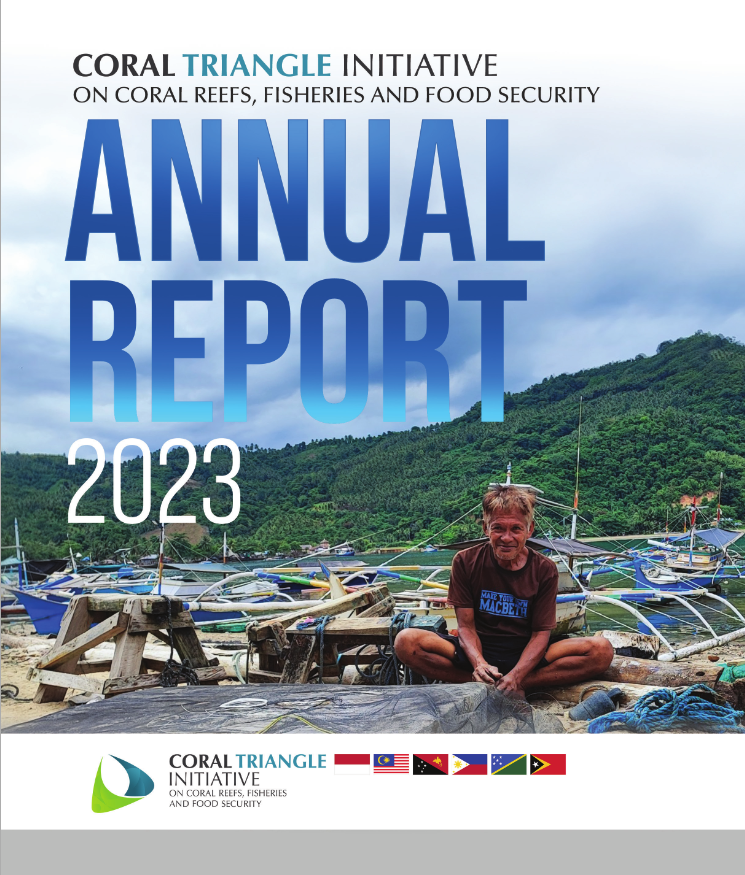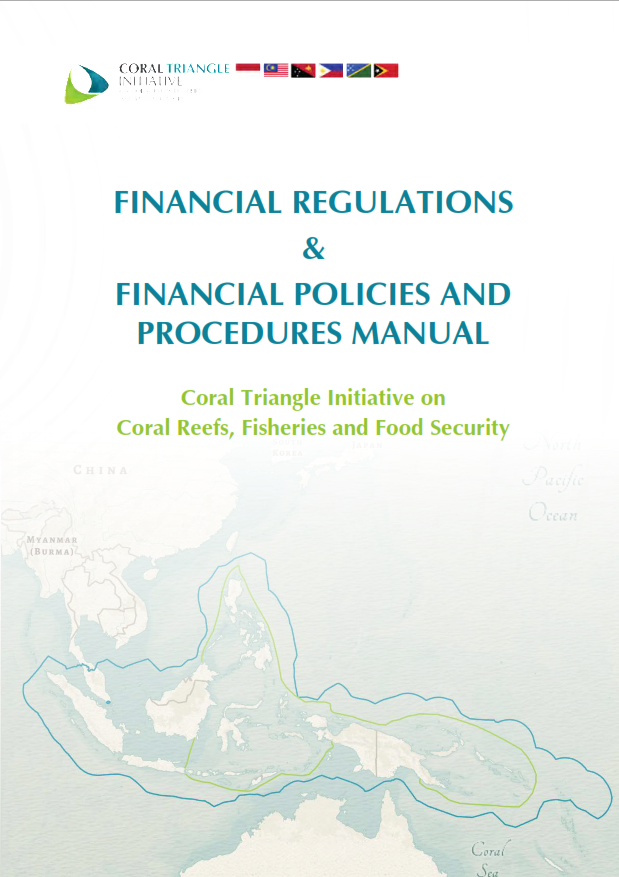Transboundary Diagnostic Analysis
| # | Documents | Filesize |
|---|---|---|
| 1 | 24 MB |
- Type:
- Reports and Studies
- Country:
- Indonesia |
- Philippines |
- Malaysia
Executive Summary
The Sulu-Celebes (Sulawesi) Sea Large Marine Exosystem (SCS LME) is a tropical body of water that gives life support to Indonesians, Malaysians, Filipinos, and the rest of the world. The SCS LME has the highest marine biodiversity among the oceans. It is at the apex of the famous coral triangle -the area where the number of corals, fishes, molluscs, mangrove plants, seagrass species, and algae are highest in the world. This high diversity of marine organisms provides resiliency against natural and anthropogenic stresses.
The high biodiversity of the SCS LME provide a wide array of ecosystem services. The stocks of marine fishes in mangrove forests, coral reefs, bays, and pelagic waters are the natural resources exploited by coastal and offshore fisheries to provide food (provisioning service). The seafood benefits the people living around the SCS LME and exported fishery products benefit the world. The economic value of this service is contributes a conservative value of about 5-7% of the countries' (Indonesia, Malaysia, Philippines) gross domestic product (GDP). The SCS LME is a small (1,000 km) twin-basin but with depths reaching 5,000 m. It has the potential to store large quantities of carbon, which is important in regulating climate, and removing pllutants in the water (regulating service). The mangrove forests (e.g., in Semporna, Kudat, Cagayancillo) regulate sedimentation into coastal waters and coral reefs. The peat-swamps store and regulate freshwater flowing into coastal waters. Mangrove forests and coral reefs protect coastlines from being eroded and human settlements from being washed-over by surges during storms and typhoons (regulating service). The regulating services of these ecosystems are rarely given monetary values (but it is increasingly needed for decision-making) but costs of replacing these servies are better known, e.g., a sea-wall is PhP 1 million/100 m (2010 prices).
Download the document above for the further..



